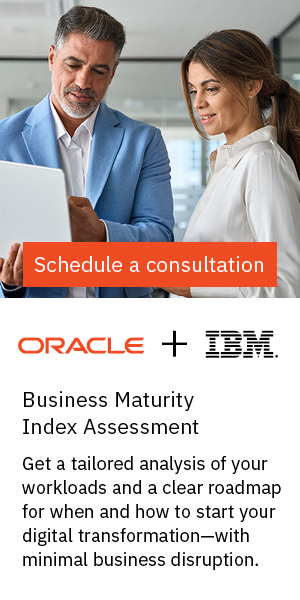External collaboration can help businesses in many ways, some of which include expanding networks, innovation, growth, better products and services, which can allow for faster problem solving. External collaboration can take many forms, including strategic alliances, mergers and acquisitions and joint ventures, to name a few.
In the manufacturing industry, collaboration can help organizations improve efficiency, increase productivity, boost creativity and innovation, increase employee engagement and enhance manufacturing capacity.
The seven steps to collaborative success
According to Global Shop Solutions, provider of manufacturing ERP software, manufacturing collaboration needs to be approached with a well-defined strategy, trusting relationships and open communication between partners.
- Select external stakeholders that fit with your collaboration. External stakeholders can range from customers, suppliers and competitors to regulators, investors and industry groups.
- Define the collaborative structure based on an organization’s goals. External collaborations can be structured for the short-term and focused on an exchange, or for the long-term with more strategic objectives in mind.
- Create formal documents to establish structure and protections. Detailed agreements are important for aligning the scope of the partnership and protecting against any surprises. Examples of these documents include memorandums of understanding, contracts, non-disclosure agreements, statements of work, service level agreements and more.
- Implement external collaboration best practices. Some of these include strong data security protections, regulatory compliance, equal partnership, creating project plans, external collaboration tools and more.
- Taking the collaboration one phase at a time. Address phases in order helps to ensure the collaboration processes run smoothly and without fuss.
- Evaluate external collaboration tools. Collaboration software tools can help align activities by centralizing communication and the flow of information. These tools can range from secure file sharing, project management and permissions control to dashboards, chat and messaging software and mobility tools to support collaboration from anywhere.
- Considering the next steps. Assuming the initial manufacturing collaboration is successful, the next step involves the continuation of external collaboration competencies to drive innovation and bolster future business growth.
While collaborative manufacturing has huge potential, it certainly does not come without its challenges. External collaboration can be an uncertain process for manufacturers, often needing new business models to promote the sharing of benefits. In addition, it relies on strict regulations to define and manage the rules of the partnership as well as the process involving major changes that require new skills and often a shift in organizational culture.
Yet, the benefits of collaborative partnerships are becoming vital in order to thrive in today’s global manufacturing markets. The ongoing advancements in data-driven technologies are fostering greater collaboration by simplifying the sharing of insights with external partners. As manufacturing expands globally, the importance of partnerships will continue to grow. In the end, the future of manufacturing will be defined by these collaborative endeavors.






